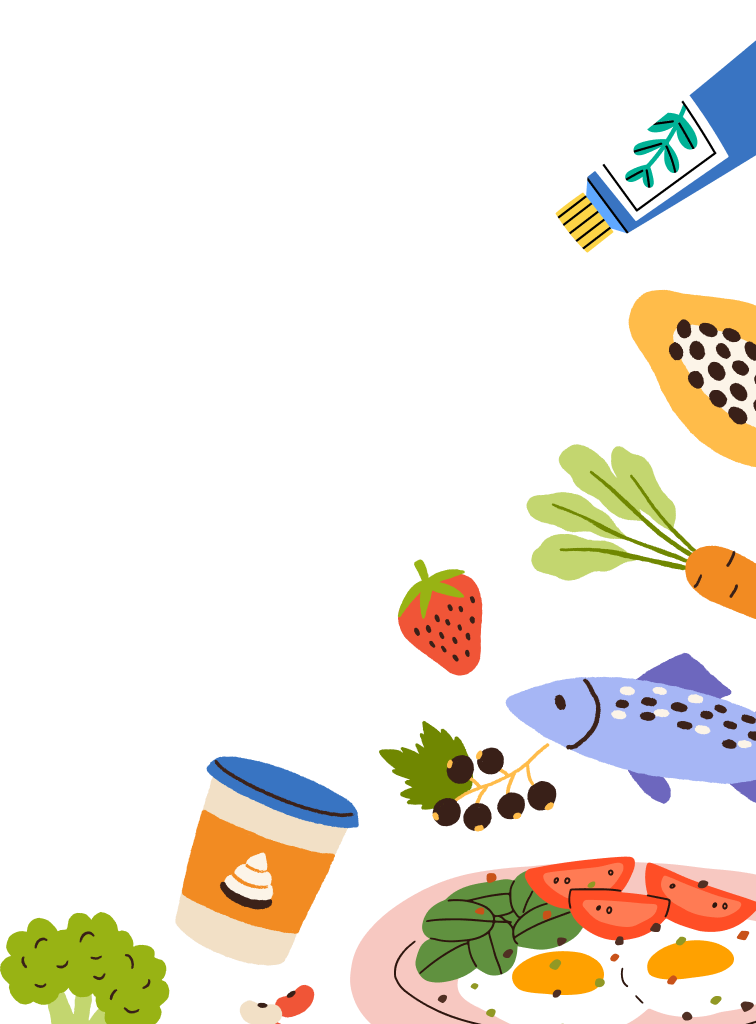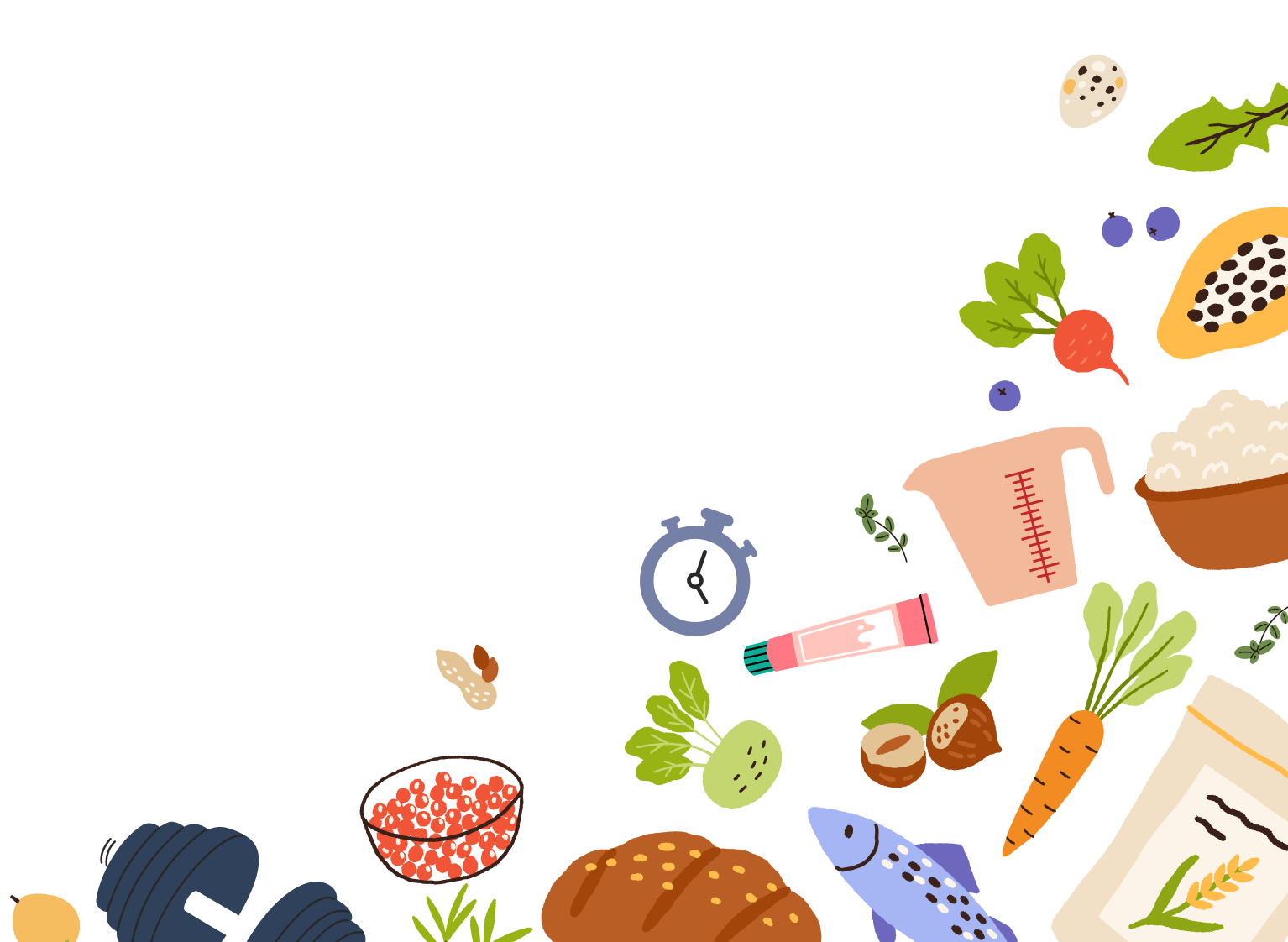The Link Between Weight and Gallstones: An Overview
The gallbladder is a small organ located behind the liver that stores bile acids for use during the digestion of foods containing fats. Current research shows a clear link between obesity and the formation of gallbladder disease. Gallstones are small deposits that form from excess cholesterol and bile pigments that can block the flow of bile out of the bile duct.
Obesity is associated with an increased incidence of gallstone formation due to several factors, including increased cholesterol production, decreased gallbladder emptying, and insulin resistance.
Rapid weight loss can be troublesome for individuals prone to gallstone formation because, during rapid weight loss, when the body breaks down fat too quickly, it can cause the liver to secrete extra cholesterol into bile, which can lead to gallstone formation.
Why Weight Loss Can Trigger Gallstones: The Mechanisms
Weight loss that occurs in rapid succession can lead to a rapid increase in fat metabolism, which in turn increases cholesterol concentration in bile. When there is too much cholesterol in the bile, it can form gallstones. Additionally, low-calorie diets can reduce gallbladder contraction, resulting in less frequent and less efficient bile release, which increases the risk of gallstones forming from cholesterol crystallization in the duct.

Who is Most at Risk? Identifying Vulnerable Individuals
Individuals at risk for developing gallstones are those who lose weight very fast. Most often, these are people following extreme diets such as very restrictive caloric intake and bariatric surgery patients. Additionally, individuals who experience significant weight fluctuations or a weight cycle may also be at an increased risk due to decreased gallbladder motility. The body’s ability to maintain a stable metabolism is impaired, leading to an increased risk. Also, individuals who are already susceptible are women, especially those of childbearing age or who have been pregnant. This is due to the increased concentration of estrogen in the body. Estrogen can increase cholesterol in the bile, leading to a sluggish gallbladder. American Indians and Mexican Americans are also at higher risk, as well as individuals over 40 years of age.
Minimizing Your Risk: Safe Weight Loss Strategies
If you are trying to lose weight, aim to do so gradually through a combination of diet and exercise. Aim for 1-2 lbs per week. Secondly, consult with a dietitian to determine the most appropriate calorie range or goal to aim for in order to aid in weight loss. Most women should consume more than 1200 calories per day, and men 1500 calories per day, to support metabolic function. Furthermore, the composition of the diet is more important than caloric intake; make sure you’re consuming a high-fiber diet with good sources of heart-healthy fats, such as omega-3 and omega-6 fats from fish, nuts, avocados, and olive oil. Limit saturated fat intake and processed foods that contain high amounts of inflammatory ingredients/fats. Another tip is to eat according to a schedule; stick to the same eating times daily, which helps maintain normal gallbladder contraction.
Recognizing Symptoms and Seeking Help
If you suspect you have gallstones, consult a doctor for medical assistance. Common symptoms of gallstones are abdominal pain, nausea, vomiting, jaundice, and diarrhea. Typically, these symptoms appear suddenly without warning, but can develop over time as they are non-specific. You will need a doctor to diagnose you with gallstones, and typically, this requires imaging to confirm. For mild cases, treatment can be achieved through diet and lifestyle modifications. However, in severe cases, individuals with gallstones may be recommended to have a cholecystectomy or gallbladder removal to get rid of the stones. Discuss your symptoms with your doctor if you suspect you have these conditions and receive support to help reduce their recurrence.
-
Cleveland Clinic. (2025, August 19). How many calories should you eat in a day?. Cleveland Clinic. https://health.clevelandclinic.org/how-many-calories-a-day-should-i-eat
-
Cleveland Clinic. (2025, September 11). What you need to know about gallstones. Cleveland Clinic. https://my.clevelandclinic.org/health/diseases/7313-gallstones
-
Kim, H. J., Kang, T. U., Kim, M. J., Swan, H., & Park, S. M. (2024). Long-term weight patterns and physical activity in gallstones. Scientific Reports, 14(1). https://doi.org/10.1038/s41598-024-77218-8
-
Pak, M., & Lindseth, G. (2016). Risk factors for cholelithiasis. Gastroenterology Nursing, 39(4), 297–309. https://doi.org/10.1097/sga.0000000000000235
-
Yuan, S., Gill, D., Giovannucci, E. L., & Larsson, S. C. (2021). Obesity, Type 2 diabetes, lifestyle factors, and risk of Gallstone Disease: a Mendelian randomization investigation. Clinical Gastroenterology and Hepatology, 20(3), e529–e537. https://doi.org/10.1016/j.cgh.2020.12.034






















Comments
Join The Conversation...